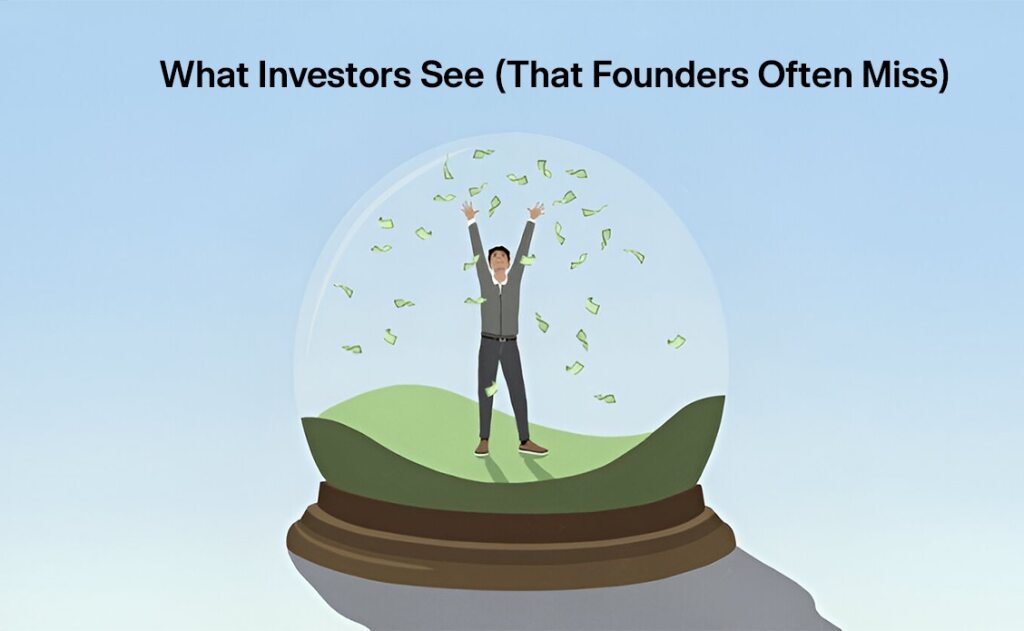The Brutal Truth:
“Most founders build companies they think are valuable—then wonder why acquirers offer 30-50% below their expectations. The gap isn’t in your performance. It’s in your perspective. You’re optimizing for founder metrics, not buyer mathematics.”
I’ve watched brilliant entrepreneurs build impressive businesses that struggle to find premium buyers. The pattern is always the same: they scaled for themselves, not for someone else’s strategic agenda. Reverse-engineering for acquisition isn’t about compromising your vision—it’s about building that vision in a language buyers understand and pay premiums for.
NextAccel 3D Acquisition Engineering Framework
DEFINE – Buyer Intelligence + Strategic Positioning
- Map your top 5 likely acquirers and their acquisition patterns
- Analyze recent deals in your space for valuation drivers
- Identify strategic gaps in buyer portfolios you can fill
- Model your business against buyer evaluation criteria
- Benchmark operational readiness against buyer integration requirements
DEPLOY – Acquisition-Ready Operations
- Build systems that seamlessly integrate with buyer infrastructure
- Establish data governance that passes enterprise diligence standards
- Create defensible IP and competitive moats buyers value
- Develop key partnerships that enhance strategic attractiveness
- Structure leadership team for post-acquisition success
DELIVER – Premium Value Creation
- Execute growth strategies that solve buyer strategic challenges
- Build customer relationships that buyers want to inherit
- Establish market positioning that justifies acquisition premiums
- Create financial performance that triggers buyer acquisition criteria
- Position company narrative around buyer value acceleration
This is acquisition engineering, not wishful thinking. Every business decision becomes an acquisition catalyst when properly reverse-engineered from buyer motivations.
Step 1: Diagnose Your Acquisition Readiness (Start Here)
Challenge yourself with this exercise:
“If [Your Most Likely Acquirer] evaluated us today, would they see us as a ‘must-have’ strategic asset or a ‘nice-to-have’ add-on? What specific problem do we solve that their current solutions can’t address?”
If your answer focuses on features instead of strategic value, you’re thinking like a founder, not a buyer.
Step 2: Reverse-Engineer the Buyer’s Acquisition Logic
| Buyer Type | What Triggers Acquisition Interest | Common Founder Blind Spots |
|---|---|---|
| Strategic Acquirer |
| Building for a broad market vs. buyer’s specific customer segments |
| Financial Buyer (PE) |
| Over-emphasizing growth vs. sustainable unit economics |
| Platform Consolidator |
| Competing with the buyer instead of complementing their strategy |
Your diagnostic: Score your business against your primary buyer type’s criteria. Anything below 8/10 becomes your acquisition readiness roadmap.
Step 3: Rebuild Your Business Architecture (The Reverse-Engineering Process)
A. Make Strategic Positioning Decisions:
If targeting strategic buyers: Become the missing piece in their puzzle. Study their product gaps, customer complaints, and competitive vulnerabilities. Build your solution to fill those specific holes.
If targeting financial buyers: Demonstrate that you’re a cash-generating machine with untapped expansion potential. Show clear paths to 2-3x growth within their investment timeline.
B. Engineer Buyer-Friendly Operations:
Technology Stack: Choose platforms and architectures that integrate easily with likely buyers. Avoid proprietary systems that create integration complexity and reduce your acquisition attractiveness.
Financial Systems: Implement financial reporting and revenue recognition practices that match buyer standards. Many deals fail because financial systems can’t meet acquirer requirements.
Legal Structure: Clean up cap tables, resolve IP issues, and establish employment agreements that survive acquisition. Buyers pay premiums for clean deals.
C. Build Acquisition-Critical Assets:
Customer Relationships: Develop customer contracts and relationships that buyers want to inherit. Long-term contracts with their target customers are acquisition gold.
Talent Retention: Create compensation and equity structures that incentivize key employees to stay post-acquisition. Buyers discount deals where talent flight is likely.
Market Position: Establish thought leadership and market presence in areas where buyers want to strengthen their positioning.
Step 4: Continuous Acquisition Optimization
Run this scenario planning exercise quarterly:
“Buyer X just acquired our closest competitor for 12x revenue. Based on that deal structure, what would make them pay 15x for us instead? What would force them to discount us to 8x?”
Premium value creators we help clients build:
- Proprietary data sets that enhance buyer AI/analytics capabilities
- Customer relationships in high-growth market segments buyers can’t access
- Technology IP that solves buyer’s most expensive operational challenges
- Market leadership positions in categories buyers need to own
Value destroyers that kill acquisition premiums:
- Customer concentration in declining market segments
- Technology debt that complicates integration
- Regulatory/compliance issues that create buyer liability
- Key person dependencies that don’t transfer
Final Framework:
If your current GTM strategy doesn’t trace directly back to your likely acquirer’s strategic priorities, you’re not building an acquisition target, you’re building a valuation liability.
“Acquisition isn’t something that happens to your business—it’s something you engineer into your business from day one. Every product decision, every customer target, every operational choice should consider: ‘Does this make us more or less attractive to the buyers who matter?’ Build for buyers, and buyers will build your valuation.”
Ready to reverse-engineer your acquisition strategy?
Contact for an Acquisition Readiness Assessment and identify your highest-value acquisition positioning opportunities and strategic gaps that could limit buyer interest.



